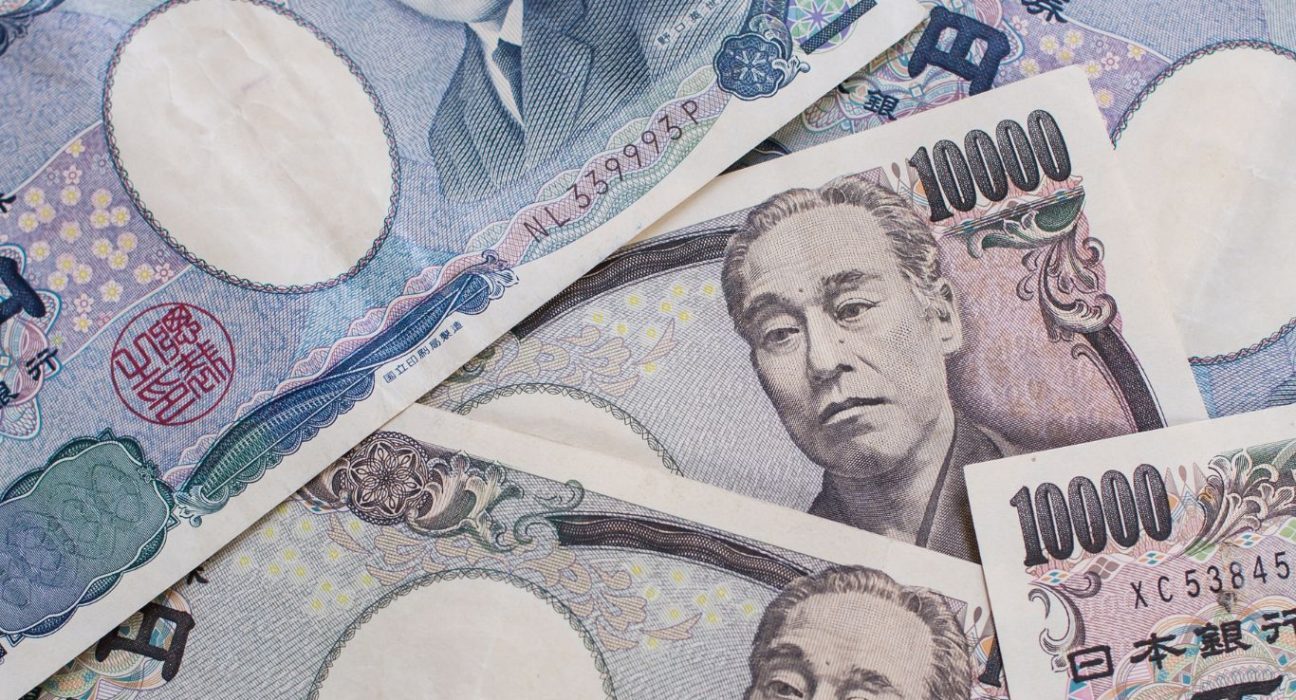The Japanese yen and Thai baht both rose in value recently, with the yen gaining 0.5% and the baht advancing 0.4%. The yen’s rise can be attributed to its safe-haven status, as investors seek out less risky investments in times of uncertainty. The baht, on the other hand, is generally seen as a safer investment among the more risk-heavy Southeast Asian currencies.
The Appeal of Safe-Haven Currencies
In uncertain times, investors often turn to safe-haven currencies as a way to protect their investments from volatility. Safe-haven currencies are those that are considered less risky than other currencies, such as those from emerging markets. Examples of safe-haven currencies include the Japanese yen, the U.S. dollar, and the Swiss franc.
The Japanese yen is considered a safe-haven currency due to its stability, liquidity, and the fact that it is backed by the Japanese government. The yen’s recent rise is therefore not surprising, given the current climate of economic uncertainty and market volatility.
The Thai baht, meanwhile, is seen as a safer investment among Southeast Asian currencies due to the country’s relatively stable economy and strong current account surplus. The baht has also been supported by Thailand’s successful containment of the COVID-19 pandemic, which has helped to bolster investor confidence in the country’s economy.
The Importance of Diversification
While safe-haven currencies can provide protection against market volatility, it is important for investors to diversify their portfolios in order to mitigate risk. This means investing in a range of assets, including stocks, bonds, and commodities, in order to spread risk across different markets.
Investors should also consider the specific risks associated with each currency and factor these into their investment decisions. For example, while the Japanese yen may be a safe-haven currency, it is not immune to economic and political risks, such as the possibility of a trade war with the U.S.
Conclusion
The rise of the Japanese yen and the Thai baht highlights the appeal of safe-haven currencies in times of market volatility and economic uncertainty. While these currencies can provide protection against risk, it is important for investors to diversify their portfolios and consider the specific risks associated with each currency.
By taking a diversified approach to investing and carefully considering the risks and benefits of each currency, investors can build a more resilient portfolio that can withstand market volatility and economic turbulence










